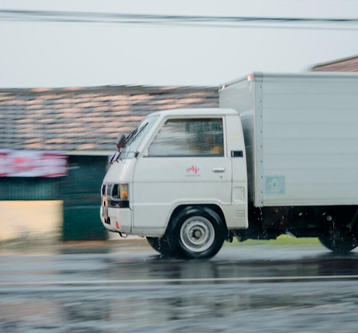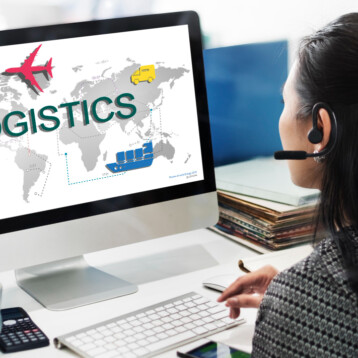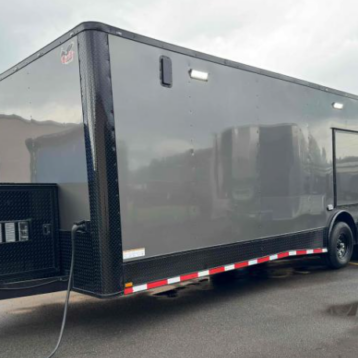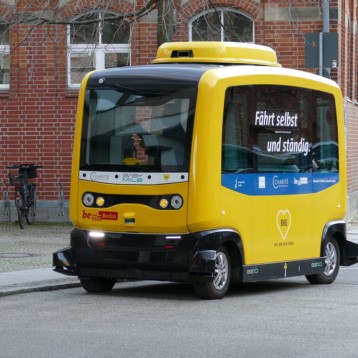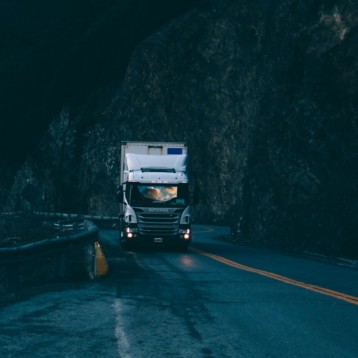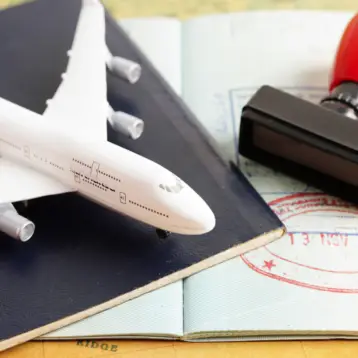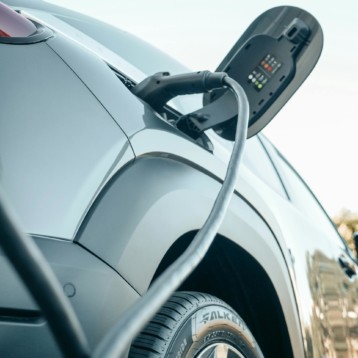The Superjumbos performed the flight as part of Airbus’ continued campaign to promote the international sales of the new craft. Currently less than 160 A380 were ordered world wide with each plane costing approximately 230 million dollars. The Airbus Superjumbo project suffered many delays and cost overruns during it more than 15 years of development. Experts estimates that the development cost of the A380 might reach as much as 15 billion dollars (and some estimates even gone as much as 18 billion dollars). The A380 has not entered service yet although Singapore Airlines are reported to use its first aircraft, in a 485-seat configuration, on its London–Singapore–Sydney route late in 2007.
The Superjumbo has several advantages apart from its size and huge passenger carrying capacity. The A380 has a maximum range of 15,000 kilometers (sufficient to fly from Chicago to Sydney nonstop), and a cruising speed of Mach 0.85 (about 900 km/h or 560 mph at cruise altitude). The aircraft is also said to consume less fuel than previus airliners and create less noise. The A380 raised some concerns due to its size. Currently only a handful of international airports can accept the gigantic plane and even some of these might need to undergo changes to operate the airliner on a regular basis.
The A380 uses either four Rolls-Royce Trent 900 or four Alliance GP7200 turbofan Engines. Both are derived from predecessors (Trent 800, GE90 and PW4000) used by the Boeing 777. The aircraft is made from 25% of composite materials such as Carbon-fibre reinforced plastic, glass-fiber reinforced plastic and quartz-fiber reinforced plastic used extensively in wings, fuselage sections, tail and doors. Thermoplastics are used in the leading edges of the slats. In the development of the A380 there is a widespread use of laser welding manufacturing techniques resulting in a lighter, stronger structure.

